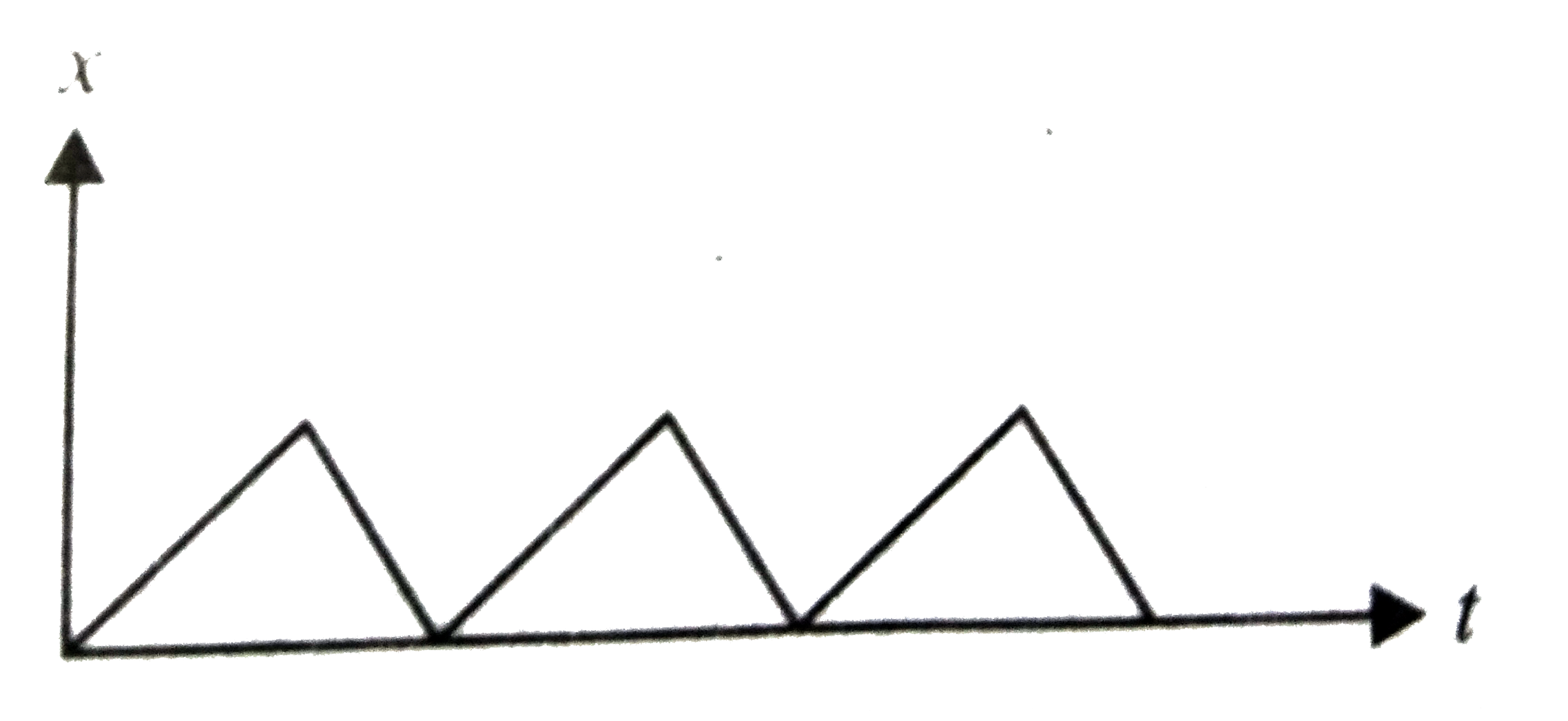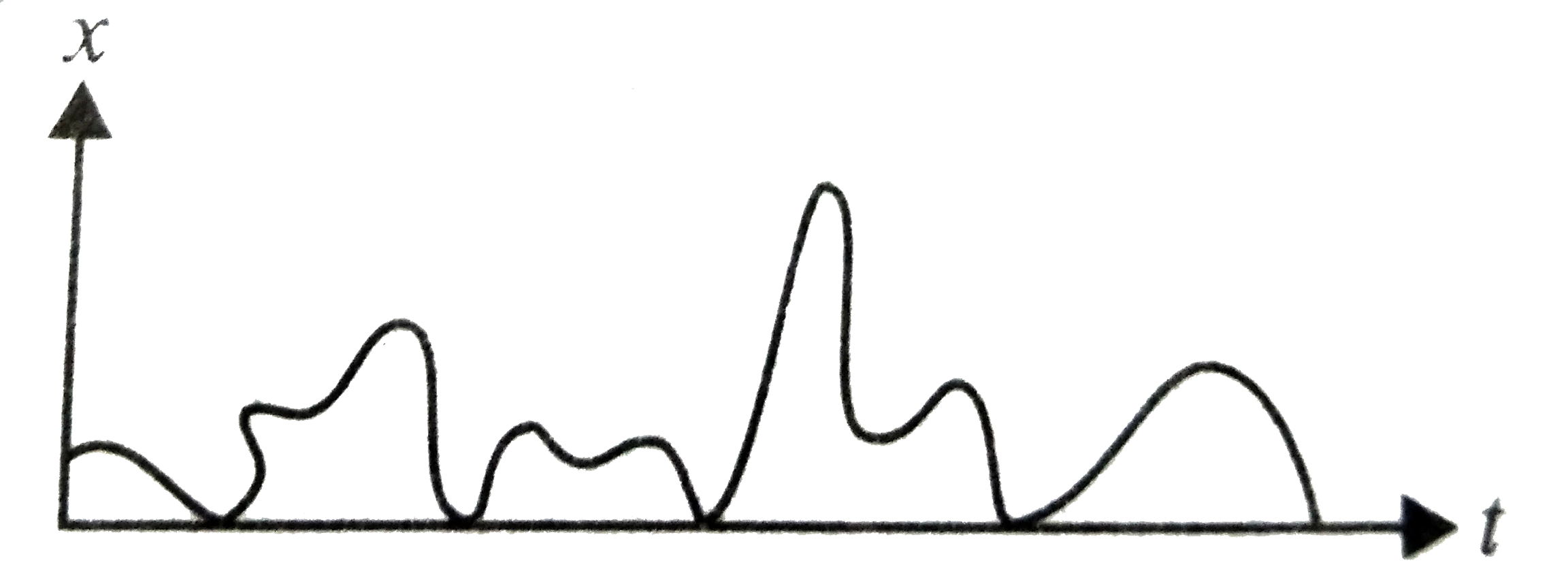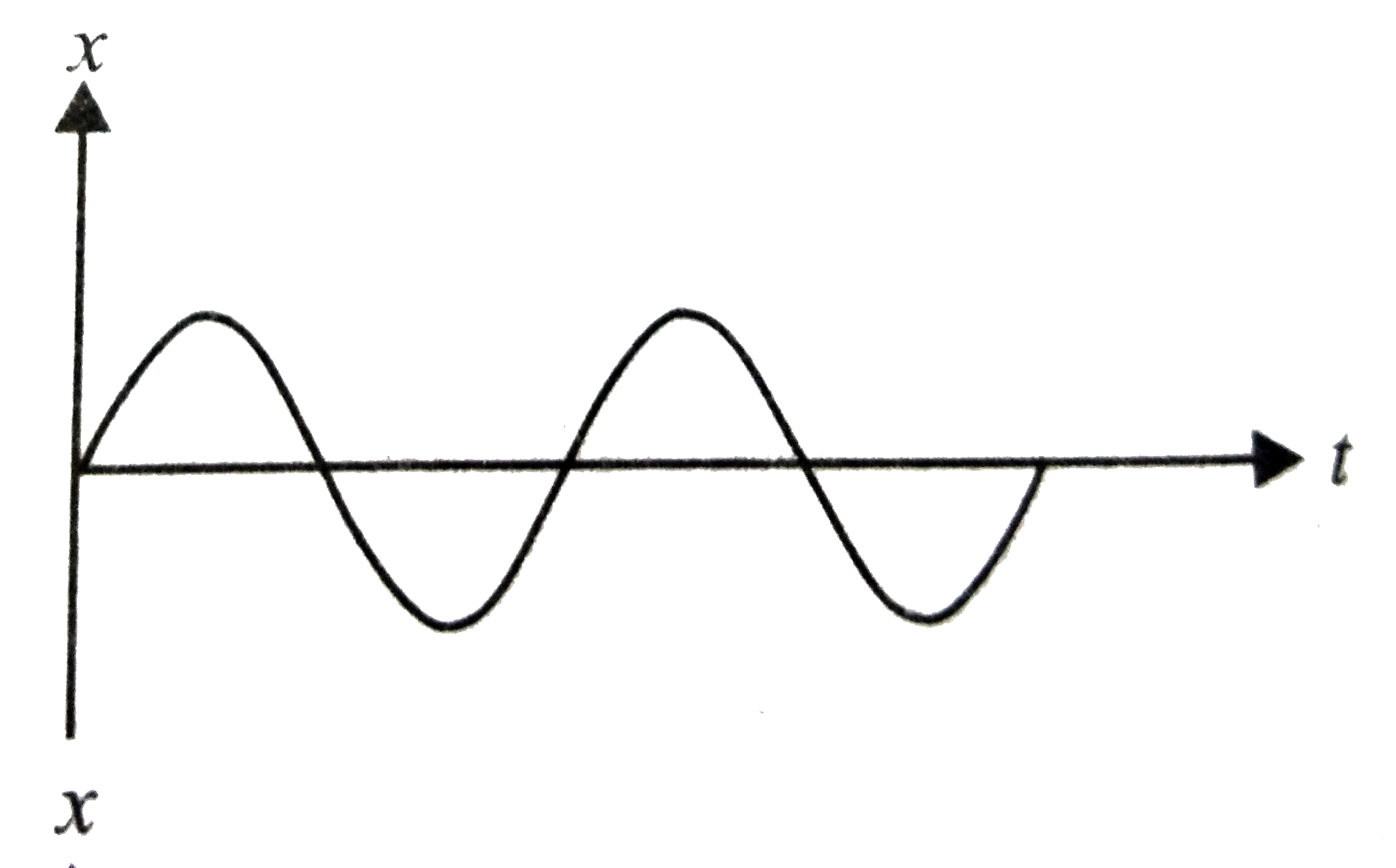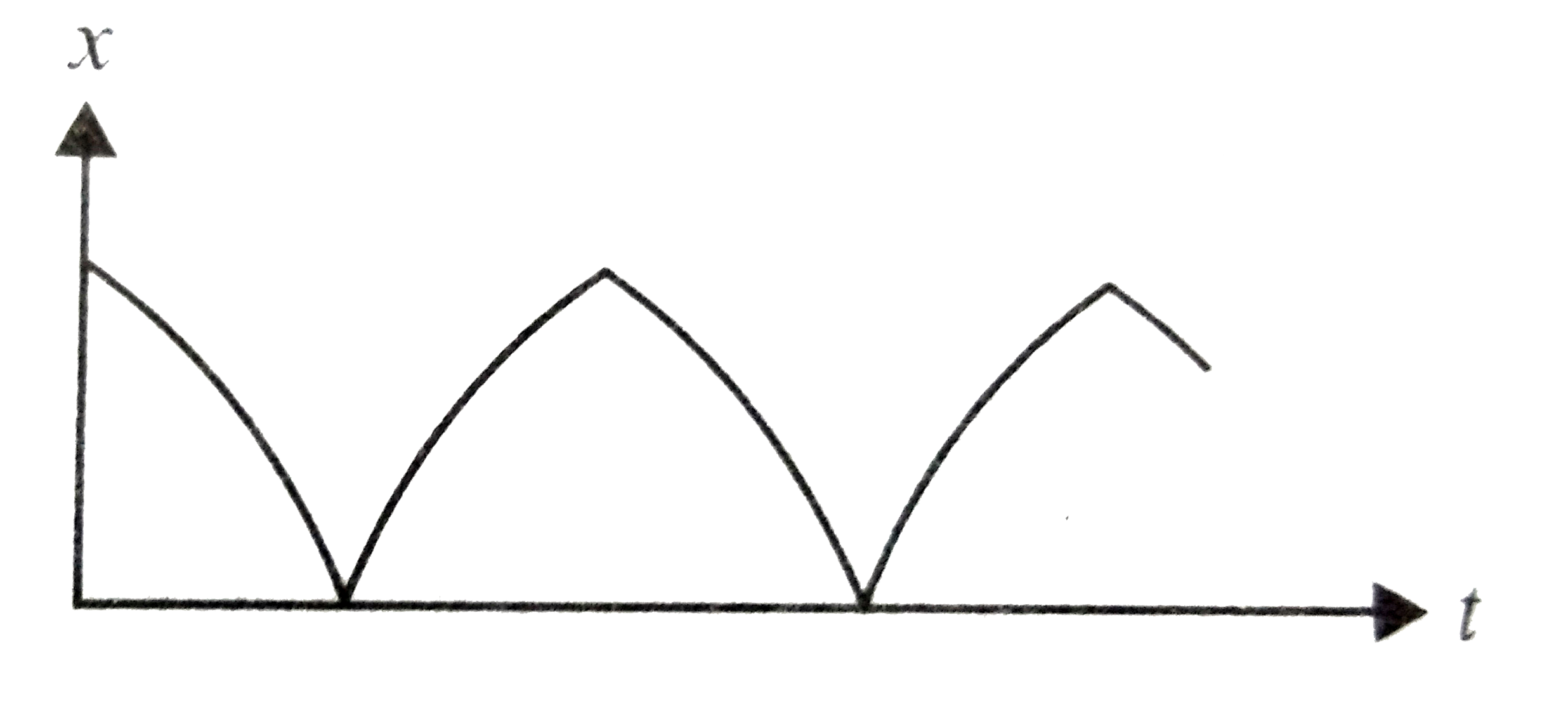Which of the following examples does not represent disproportionation ?
MnO2+4HCl→MnCl2+Cl2+2H2O
2H2O2→2H2O+O2
4KClO3→3KCiO4+KCl
3Cl2+6NaOH→5NaCl+NaClO3+3H2O
The correct Answer is:A
To determine which of the given examples does not represent a disproportionation reaction, we first need to understand what a disproportionation reaction is. A disproportionation reaction is a specific type of redox reaction where the same element undergoes both oxidation and reduction simultaneously, resulting in different oxidation states.
1. Identify the Definition of Disproportionation:
- Disproportionation occurs when a single element in a compound is both oxidized (loses electrons) and reduced (gains electrons) in the same reaction.
2. Analyze the Given Examples:
- We need to evaluate each example to see if the same element is undergoing both oxidation and reduction.
3. Example A:
- Oxidation States:
- Mn is +4 (reactant) and +2 (product) → Mn is reduced.
- Cl is -1 (reactant) and 0 (product) → Cl is oxidized.
- Conclusion: Different elements are involved (Mn and Cl), so this does not represent disproportionation.
4. Example B:
- Oxidation States:
- O is -1 (reactant) and -2 (product) → O is reduced.
- O is -1 (reactant) and 0 (product) → O is oxidized.
- Conclusion: The same element (O) is both oxidized and reduced, indicating this is a disproportionation reaction.
5. Example C:
- Oxidation States:
- Cl is +5 (reactant) and +7 (product) → Cl is oxidized.
- Cl is +5 (reactant) and -1 (product) → Cl is reduced.
- Conclusion: The same element (Cl) is both oxidized and reduced, indicating this is also a disproportionation reaction.
6. Final Conclusion:
- Among the examples analyzed, Example A does not represent a disproportionation reaction because it involves different elements (Mn and Cl) undergoing oxidation and reduction, while Examples B and C do involve the same element undergoing both processes.
Answer:
The correct option is Example A.
---
- Disproportionation occurs when a single element in a compound is both oxidized (loses electrons) and reduced (gains electrons) in the same reaction.
- We need to evaluate each example to see if the same element is undergoing both oxidation and reduction.
- Oxidation States:
- Mn is +4 (reactant) and +2 (product) → Mn is reduced.
- Cl is -1 (reactant) and 0 (product) → Cl is oxidized.
- Conclusion: Different elements are involved (Mn and Cl), so this does not represent disproportionation.
- Oxidation States:
- O is -1 (reactant) and -2 (product) → O is reduced.
- O is -1 (reactant) and 0 (product) → O is oxidized.
- Conclusion: The same element (O) is both oxidized and reduced, indicating this is a disproportionation reaction.
- Oxidation States:
- Cl is +5 (reactant) and +7 (product) → Cl is oxidized.
- Cl is +5 (reactant) and -1 (product) → Cl is reduced.
- Conclusion: The same element (Cl) is both oxidized and reduced, indicating this is also a disproportionation reaction.
- Among the examples analyzed, Example A does not represent a disproportionation reaction because it involves different elements (Mn and Cl) undergoing oxidation and reduction, while Examples B and C do involve the same element undergoing both processes.
The correct option is Example A.
Topper's Solved these Questions
- REDOX REACTIONSBOOK - CENGAGE CHEMISTRY ENGLISHCHAPTER - REDOX REACTIONSEXERCISE - Exercises (Assertion-Reasoning)
15 Videos
- REDOX REACTIONSBOOK - CENGAGE CHEMISTRY ENGLISHCHAPTER - REDOX REACTIONSEXERCISE - Exercises (Integers)
11 Videos
- REDOX REACTIONSBOOK - CENGAGE CHEMISTRY ENGLISHCHAPTER - REDOX REACTIONSEXERCISE - Exercises (Multiple Correct)
32 Videos
- PURIFICATION OF ORGANIC COMPOUNDS AND QUALITATIVE AND QUANTITATIVE ANALYSISBOOK - CENGAGE CHEMISTRY ENGLISHCHAPTER - PURIFICATION OF ORGANIC COMPOUNDS AND QUALITATIVE AND QUANTITATIVE ANALYSISEXERCISE - Assertion Reasoning Type
5 Videos
- S-BLOCK GROUP 1 - ALKALI METALSBOOK - CENGAGE CHEMISTRY ENGLISHCHAPTER - S-BLOCK GROUP 1 - ALKALI METALSEXERCISE - Archives Subjective
8 Videos
Similar Questions
Knowledge Check
Which of the following elements does not show disproportionation tendency?
AClBBrCFDIWhich of the following x-t graphs does not represent periodic motion?
A B
B C
C D
D
Which of the following does not represent zero?
1+0
View SolutionWhich of the following does not represent zero?
0×0
View SolutionWhich of the following reactions represents disproportionation ?
View SolutionWhich of the following group does not represent monocot
View SolutionWhich of the following does not represent redox reaction?
View SolutionWhich of the following plots does not represent Boyle's law?
View Solution
